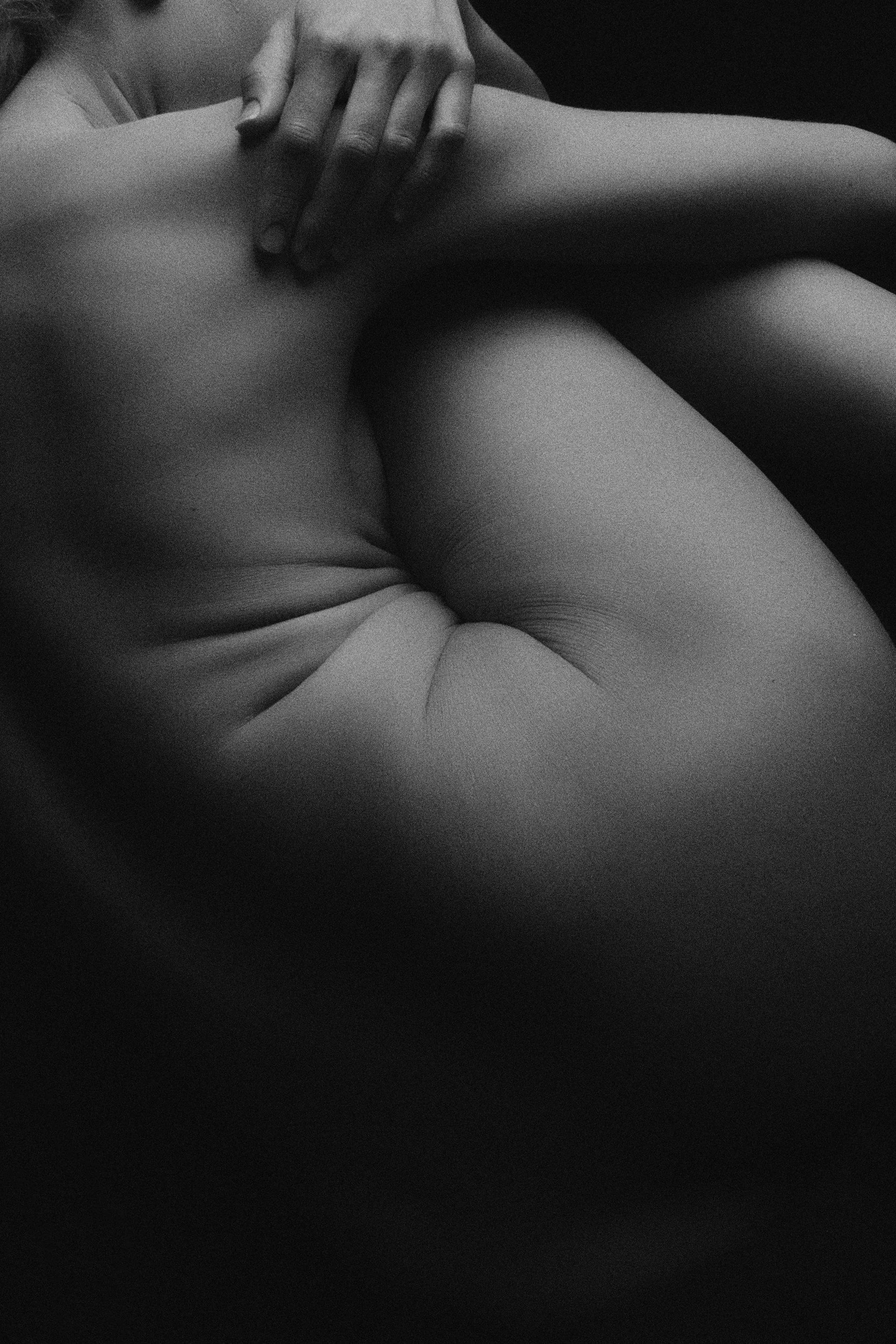
Perineal Massage
Perineal massage has a 64% chance of reducing 2nd and 3rd degree tears
What is perineal massage?
Perineal massage is a gentle technique used during pregnancy to prepare the area between the vagina and anus - the perineum - for vaginal delivery.
This massage helps stretch and soften the tissue in your perineum, making them more flexible and less likely to tear during delivery.
Research has proven that in first time vaginal deliveries, perineal massage when done right, has a 64% chance of reducing 2nd and 3rd degree perineal tears.
When should I start perineal massage?
It is generally recommended that you do not commence perineal massage before 34 weeks.
What do I look out for with perineal massage?
Perineal massage is contraindicated if you have…
Active infection e.g. BV, thrush etc.
Cervical issues e.g. cervical insufficiency, low lying cervix
Placenta issues e.g. placenta praaevia
Sexual intercourse or exercise restrictions from your medical provider.
Always consult with your pelvic floor physiotherapist prior to commencing perineal massage if you are unsure of your pelvic floor relaxation.
If you have an overactive pelvic floor, it is recommended to learn to relax (downtrain) prior to commencing perineal massage to ensure maximal benefit.
Perineal massage should never be painful. If you experience pain, stop and consult your healthcare provider.
How do I perform a perineal massage?
Wash and clean hands thoroughly with soap.
Use an appropriate lubricant.
In a comfortable position, insert your thumb 3–5 cm into your vagina gently.
Press downwards (towards your anus) until you feel a gentle stretch and stinging sensation. Hold the stretch for around 5 to 10 seconds.
Repeat on a few spots on the bottom half of the vagina.
You can perform perineal massage yourself or with your partner’s help.
Perform perineal massage 3 to 4 times a week.
Should I perform perineal massage if I’m having a caesarean delivery?
If you are planning a caesarean delivery, perineal massage is not necessary or recommended. If your delivery plan changes to a cesarean section, you can discontinue the massage.
Perineal massage is specifically designed to prepare the vaginal and perineal tissues for stretching during vaginal birth, reducing the risk of tears and the need for episiotomy.
Always discuss your concerns with your pelvic floor physiotherapist for personalized advice.
Would perineal massage benefit me if I’m aiming for a vaginal birth after caesarean (VBAC)?
The strongest evidence on perineal massage comes from first time vaginal deliveries, and not much studies are specifically targeting the VBAC population.
However, pelvic floor physiotherapist often recommend perineal massage if you’re aiming for a vaginal delivery after caesarean, as the demands and stretch on the perineum remains similar in a vaginal birth regardless of number of pregnancies.